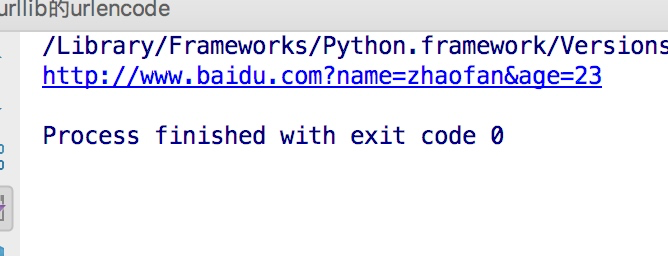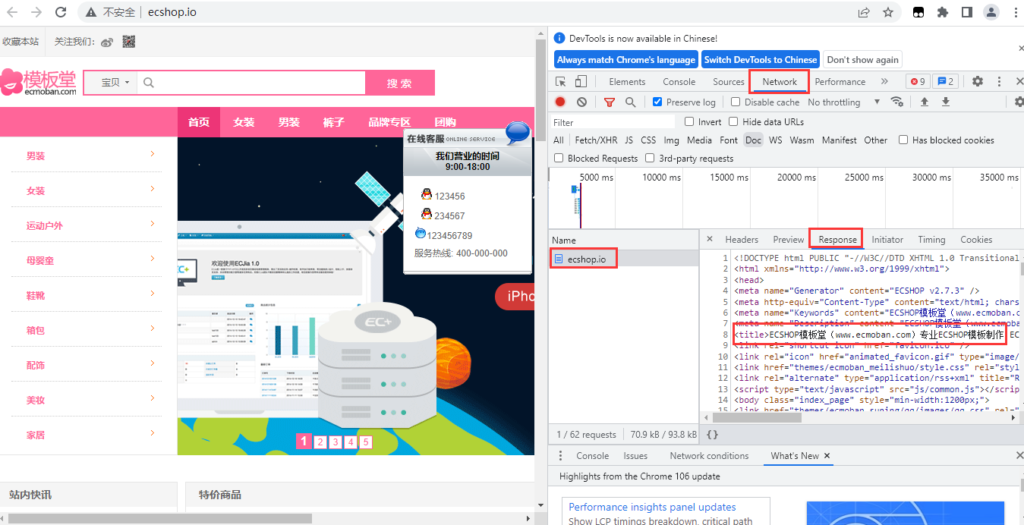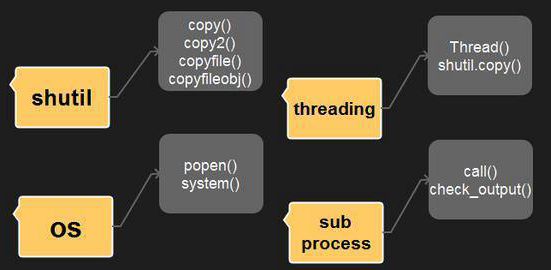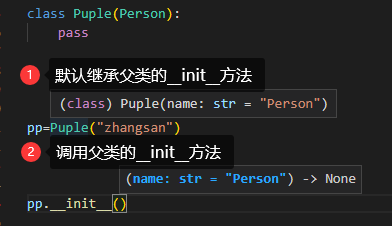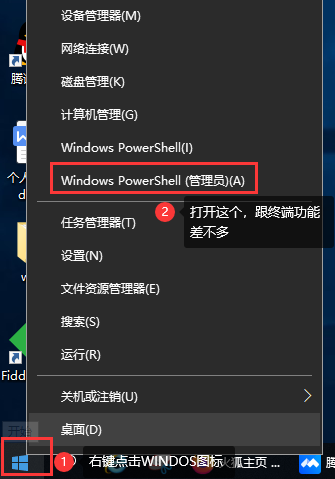一、什么是Urllib
Urllib是python内置的HTTP请求库,包括以下模块
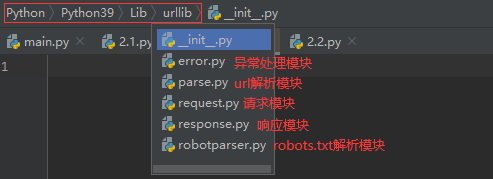
二、request模块
1.urlopen方法
用于直接打开网址。

import urllib.request
response = urllib.request.urlopen('http://www.baidu.com') #response结果返回的是一个对象,需要用read()读取里面的内容
print(response.read().decode('utf-8'))response.status、response.getheaders()、response.getheader(“server”),获取状态码以及头部信息


data参数的用法:

2.Request类
用于设置请求头、等信息。+urlopen方法发出请求

设置Headers:有很多网站为了防止程序爬虫爬网站造成网站瘫痪,会需要携带一些headers头部信息才能访问,最长见的有user-agent参数
给请求添加头部信息,从而定制自己请求网站是时的头部信息
from urllib import request, parse
url = 'http://httpbin.org/post'
headers = {
'User-Agent': 'Mozilla/4.0 (compatible; MSIE 5.5; Windows NT)',
'Host': 'httpbin.org'
}
dict = {
'name': 'zhaofan'
}
data = bytes(parse.urlencode(dict), encoding='utf8')
req = request.Request(url=url, data=data, headers=headers, method='POST') # 直接在实例化Request类传参时,传送请求头信息
response = request.urlopen(req)
print(response.read().decode('utf-8'))添加请求头的第二种方式
from urllib import request, parse
url = 'http://httpbin.org/post'
dict = {
'name': 'Germey'
}
data = bytes(parse.urlencode(dict), encoding='utf8')
req = request.Request(url=url, data=data, method='POST') # 在实例化Request类之后,通过req.add_header()方法来添加请求头信息
req.add_header('User-Agent', 'Mozilla/4.0 (compatible; MSIE 5.5; Windows NT)')
response = request.urlopen(req)
print(response.read().decode('utf-8'))3.ProxyHandler类
设置代理,网站它会检测某一段时间某个IP 的访问次数,如果访问次数过多,它会禁止你的访问,所以这个时候需要通过设置代理来爬取数据
import urllib.request
proxy_handler = urllib.request.ProxyHandler({
'http': 'http://127.0.0.1:9743',
'https': 'https://127.0.0.1:9743'
})
opener = urllib.request.build_opener(proxy_handler)
response = opener.open('http://httpbin.org/get')
print(response.read())4.HTTPCookiProcessor类
cookie中保存中我们常见的登录信息,有时候爬取网站需要携带cookie信息访问,这里用到了http.cookijar,用于获取cookie以及存储cookie
import http.cookiejar, urllib.request
cookie = http.cookiejar.CookieJar()
handler = urllib.request.HTTPCookieProcessor(cookie)
opener = urllib.request.build_opener(handler)
response = opener.open('http://www.baidu.com')
for item in cookie:
print(item.name+"="+item.value)同时cookie可以写入到文件中保存,有两种方式http.cookiejar.MozillaCookieJar和http.cookiejar.LWPCookieJar(),当然你自己用哪种方式都可以
具体代码例子如下:
http.cookiejar.MozillaCookieJar()方式
import http.cookiejar, urllib.request
filename = "cookie.txt"
cookie = http.cookiejar.MozillaCookieJar(filename)
handler = urllib.request.HTTPCookieProcessor(cookie)
opener = urllib.request.build_opener(handler)
response = opener.open('http://www.baidu.com')
cookie.save(ignore_discard=True, ignore_expires=True)http.cookiejar.LWPCookieJar()方式
import http.cookiejar, urllib.request
filename = 'cookie.txt'
cookie = http.cookiejar.LWPCookieJar(filename)
handler = urllib.request.HTTPCookieProcessor(cookie)
opener = urllib.request.build_opener(handler)
response = opener.open('http://www.baidu.com')
cookie.save(ignore_discard=True, ignore_expires=True)同样的如果想要通过获取文件中的cookie获取的话可以通过load方式,当然用哪种方式写入的,就用哪种方式读取。
import http.cookiejar, urllib.request
cookie = http.cookiejar.LWPCookieJar()
cookie.load('cookie.txt', ignore_discard=True, ignore_expires=True)
handler = urllib.request.HTTPCookieProcessor(cookie)
opener = urllib.request.build_opener(handler)
response = opener.open('http://www.baidu.com')
print(response.read().decode('utf-8'))三、error模块
在很多时候我们通过程序访问页面的时候,有的页面可能会出现错误,类似404,500等错误。这个时候就需要我们捕捉异常
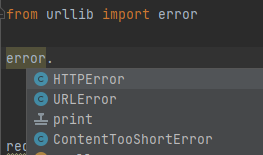
URLError里只有一个属性:reason,即抓异常的时候只能打印错误信息,类似上面的例子
HTTPError里有三个属性:code,reason,headers,即抓异常的时候可以获得code,reson,headers三个信息,例子如下:
from urllib import request,error
try:
response = request.urlopen("http://pythonsite.com/1111.html")
except error.HTTPError as e:
print(e.reason)
print(e.code)
print(e.headers)
except error.URLError as e:
print(e.reason)
else:
print("reqeust successfully")四、parse模块
1.urlparse方法
这里就是可以对你传入的url地址进行拆分
from urllib.parse import urlparse
result = urlparse("http://www.baidu.com/index.html;user?id=5#comment")
print(result)
2.urlunparse方法
其实功能和urlparse的功能相反,它是用于拼接,例子如下:
from urllib.parse import urlunparse
data = ['http','www.baidu.com','index.html','user','a=123','commit']
print(urlunparse(data))
3.urljoin方法
这个的功能其实是做拼接的,例子如下:
from urllib.parse import urljoin
print(urljoin('http://www.baidu.com', 'FAQ.html'))
print(urljoin('http://www.baidu.com', 'https://pythonsite.com/FAQ.html'))
print(urljoin('http://www.baidu.com/about.html', 'https://pythonsite.com/FAQ.html'))
print(urljoin('http://www.baidu.com/about.html', 'https://pythonsite.com/FAQ.html?question=2'))
print(urljoin('http://www.baidu.com?wd=abc', 'https://pythonsite.com/index.php'))
print(urljoin('http://www.baidu.com', '?category=2#comment'))
print(urljoin('www.baidu.com', '?category=2#comment'))
print(urljoin('www.baidu.com#comment', '?category=2'))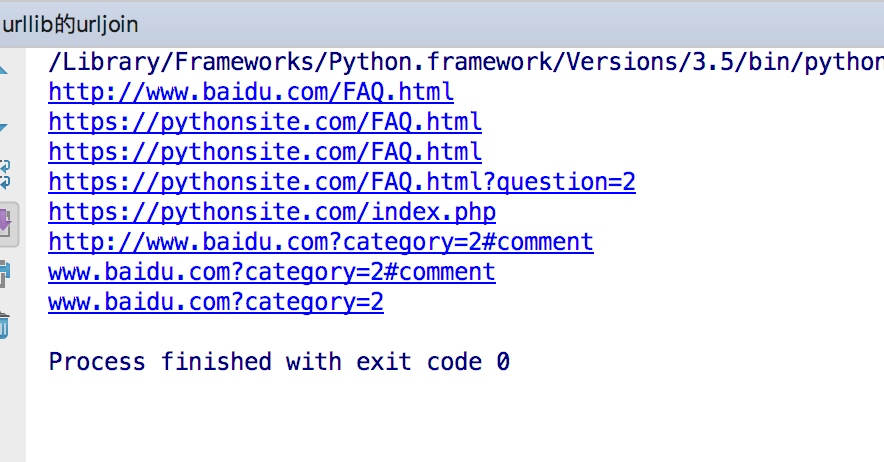
从拼接的结果我们可以看出,拼接的时候后面的优先级高于前面的url
4.urlencode方法
这个方法可以将字典转换为url参数,例子如下
from urllib.parse import urlencode
params = {
"name":"zhaofan",
"age":23,
}
base_url = "http://www.baidu.com?"
url = base_url+urlencode(params)
print(url)